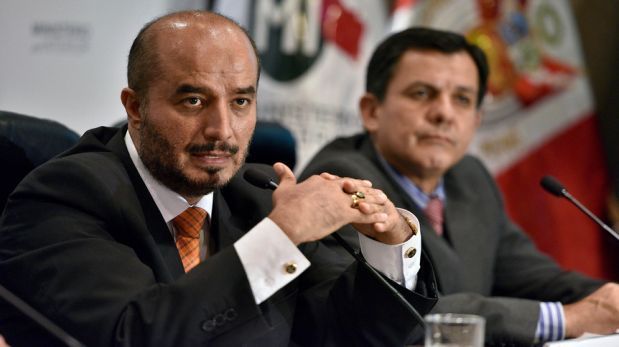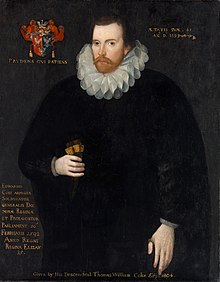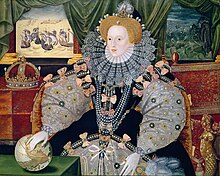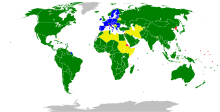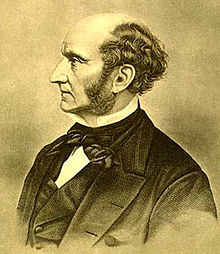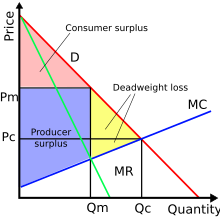SI HUBIERA DIOS...... PODRIA SER ASÍ:
Dios hubiera dicho: " Deja ya de estar rezando y dándote golpes en el pecho! Lo que quiero que hagas es que salgas al mundo a disfrutar de tu vida.
construiste y que dices que son mi casa. Mi casa está en las montañas, en los bosques, los ríos, los lagos, las playas. Ahí es en donde vivo y ahí expreso mi amor por ti. Deja ya de culparme de tu vida miserable; yo nunca te dije que había nada mal en ti o que eras un pecador, o que tu sexualidad fuera algo malo. El sexo es un regalo que te he dado y con el que puedes expresar tu amor, tu éxtasis, tu alegría. Así que no me culpes a mí por todo lo que te han hecho creer. Deja ya de estar leyendo supuestas escrituras sagradas que nada tienen que ver conmigo. Si no puedes leerme en un amanecer, en un paisaje, en la mirada de tus amigos, en los ojos de tu hijito... ¡No me encontrarás en ningún libro! Confía en mí y deja de pedirme. ¿Me vas a decir a mí como hacer mi trabajo? Deja de tenerme tanto miedo. Yo no te juzgo, ni te critico, ni me enojo, ni me molesto, ni castigo. Yo soy puro amor. Deja de pedirme perdón, no hay nada que perdonar. Si yo te hice... yo te llené de pasiones, de limitaciones, de placeres, de sentimientos, de necesidades, de incoherencias... de libre albedrío ¿Cómo puedo culparte si respondes a algo que yo puse en ti? ¿Cómo puedo castigarte por ser como eres, si yo soy el que te hice? ¿Crees que podría yo crear un lugar para quemar a todos mis hijos que se porten mal, por el resto de la eternidad? ¿Qué clase de dios puede hacer eso? Olvídate de cualquier tipo de mandamientos, de cualquier tipo de leyes; esas son artimañas para manipularte, para controlarte, que sólo crean culpa en ti. Respeta a tus semejantes y no hagas lo que no quieras para tí. Lo único que te pido es que pongas atención en tu vida, que tu estado de alerta sea tu guía. Amado mío, esta vida no es una prueba, ni un escalón, ni un paso en el camino, ni un ensayo, ni un preludio hacia el paraíso. Esta vida es lo único que hay aquí y ahora y lo único que necesitas.
Dios hubiera dicho: " Deja ya de estar rezando y dándote golpes en el pecho! Lo que quiero que hagas es que salgas al mundo a disfrutar de tu vida.
construiste y que dices que son mi casa. Mi casa está en las montañas, en los bosques, los ríos, los lagos, las playas. Ahí es en donde vivo y ahí expreso mi amor por ti. Deja ya de culparme de tu vida miserable; yo nunca te dije que había nada mal en ti o que eras un pecador, o que tu sexualidad fuera algo malo. El sexo es un regalo que te he dado y con el que puedes expresar tu amor, tu éxtasis, tu alegría. Así que no me culpes a mí por todo lo que te han hecho creer. Deja ya de estar leyendo supuestas escrituras sagradas que nada tienen que ver conmigo. Si no puedes leerme en un amanecer, en un paisaje, en la mirada de tus amigos, en los ojos de tu hijito... ¡No me encontrarás en ningún libro! Confía en mí y deja de pedirme. ¿Me vas a decir a mí como hacer mi trabajo? Deja de tenerme tanto miedo. Yo no te juzgo, ni te critico, ni me enojo, ni me molesto, ni castigo. Yo soy puro amor. Deja de pedirme perdón, no hay nada que perdonar. Si yo te hice... yo te llené de pasiones, de limitaciones, de placeres, de sentimientos, de necesidades, de incoherencias... de libre albedrío ¿Cómo puedo culparte si respondes a algo que yo puse en ti? ¿Cómo puedo castigarte por ser como eres, si yo soy el que te hice? ¿Crees que podría yo crear un lugar para quemar a todos mis hijos que se porten mal, por el resto de la eternidad? ¿Qué clase de dios puede hacer eso? Olvídate de cualquier tipo de mandamientos, de cualquier tipo de leyes; esas son artimañas para manipularte, para controlarte, que sólo crean culpa en ti. Respeta a tus semejantes y no hagas lo que no quieras para tí. Lo único que te pido es que pongas atención en tu vida, que tu estado de alerta sea tu guía. Amado mío, esta vida no es una prueba, ni un escalón, ni un paso en el camino, ni un ensayo, ni un preludio hacia el paraíso. Esta vida es lo único que hay aquí y ahora y lo único que necesitas.
Te he hecho absolutamente libre, no hay premios ni castigos, no hay pecados ni virtudes, nadie lleva un marcador, nadie lleva un registro. Eres absolutamente libre para crear en tu vida un cielo o un infierno.
No te podría decir si hay algo después de esta vida, pero te puedo dar un consejo. Vive como si no lo hubiera. Como si esta fuera tu única oportunidad de disfrutar, de amar, de existir.
Así, si no hay nada, pues habrás disfrutado de la oportunidad que te di. Y si lo hay, ten por seguro que no te voy a preguntar si te portaste bien o mal, te voy a preguntar ¿Te gustó?... ¿Te divertiste?... ¿Qué fue lo que más disfrutaste? ¿Que aprendiste?...
Deja de creer en mí; creer es suponer, adivinar, imaginar. Yo no quiero que creas en mí, quiero que me sientas en ti. Quiero que me sientas en ti cuando besas a tu amada, cuando arropas a tu hijita, cuando acaricias a tu perro, cuando te bañas en el mar. Deja de alabarme, ¿Qué clase de Dios ególatra crees que soy? Me aburre que me alaben, me harta que me agradezcan. ¿Te sientes agradecido? Demuéstralo cuidando de ti, de tu salud, de tus relaciones, del mundo. ¿Te sientes mirado, sobrecogido?... ¡Expresa tu alegría! Esa es la forma de alabarme. Deja de complicarte las cosas y de repetir como perico lo que te han enseñado acerca de mí. Lo único seguro es que estás aquí, que estás vivo, que este mundo está lleno de maravillas. ¿Para qué necesitas más milagros? ¿Para qué tantas explicaciones?
No me busques afuera, no me encontrarás. Búscame dentro... ahí estoy, latiendo en ti.

No te podría decir si hay algo después de esta vida, pero te puedo dar un consejo. Vive como si no lo hubiera. Como si esta fuera tu única oportunidad de disfrutar, de amar, de existir.
Así, si no hay nada, pues habrás disfrutado de la oportunidad que te di. Y si lo hay, ten por seguro que no te voy a preguntar si te portaste bien o mal, te voy a preguntar ¿Te gustó?... ¿Te divertiste?... ¿Qué fue lo que más disfrutaste? ¿Que aprendiste?...
Deja de creer en mí; creer es suponer, adivinar, imaginar. Yo no quiero que creas en mí, quiero que me sientas en ti. Quiero que me sientas en ti cuando besas a tu amada, cuando arropas a tu hijita, cuando acaricias a tu perro, cuando te bañas en el mar. Deja de alabarme, ¿Qué clase de Dios ególatra crees que soy? Me aburre que me alaben, me harta que me agradezcan. ¿Te sientes agradecido? Demuéstralo cuidando de ti, de tu salud, de tus relaciones, del mundo. ¿Te sientes mirado, sobrecogido?... ¡Expresa tu alegría! Esa es la forma de alabarme. Deja de complicarte las cosas y de repetir como perico lo que te han enseñado acerca de mí. Lo único seguro es que estás aquí, que estás vivo, que este mundo está lleno de maravillas. ¿Para qué necesitas más milagros? ¿Para qué tantas explicaciones?
No me busques afuera, no me encontrarás. Búscame dentro... ahí estoy, latiendo en ti.



